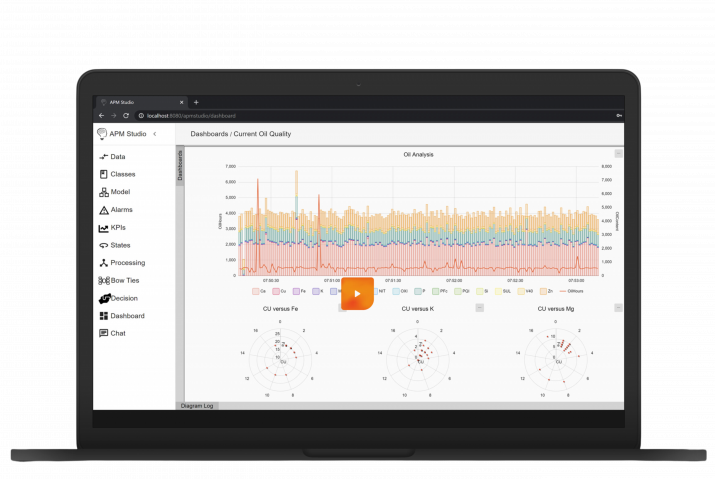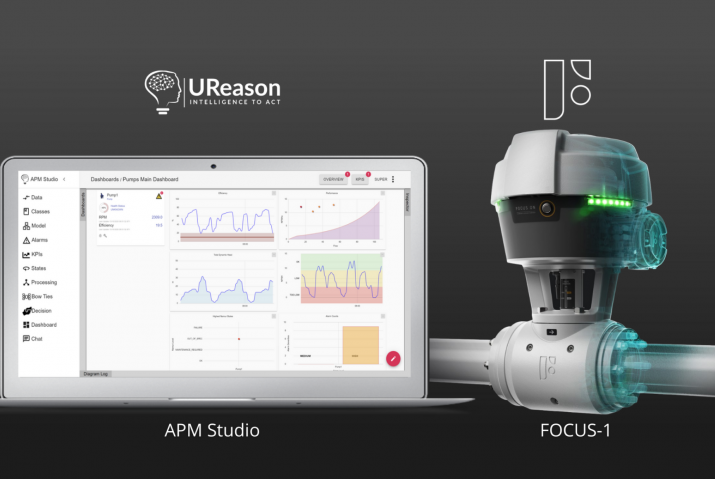FMEA and FMECA are both systematic methodologies used in various manufacturing industries to assess and improve the reliability, safety, and performance of products, processes, or systems. However, they have some key differences:
1. FMEA:
FMEA stands for “Failure Modes and Effects Analysis.” It is a structured, qualitative analysis technique that focuses on identifying potential failure modes in a system, product, or process and assessing their consequences. The primary goal of FMEA is to prioritize these failure modes based on their severity, occurrence probability, and detectability to determine where preventive or corrective actions are needed.
Key aspects of FMEA:
- Focuses on identifying failure modes and their effects;
- Prioritizes failure modes based on severity, occurrence, and detectability (often using a Risk Priority Number, RPN); and
- Typically used in the early design or development stages to prevent problems from occurring.

2. FMECA:
FMECA stands for “Failure Modes, Effects, and Criticality Analysis.” It is an extension of FMEA that incorporates quantitative analysis to assess the criticality of failure modes more precisely. FMECA evaluates the impact of failure modes not only in terms of their severity but also in terms of their potential consequences on system safety, performance, and reliability.
Key aspects of FMECA:
- Expands on FMEA by adding a quantitative analysis component;
- Evaluates the criticality of failure modes by considering factors such as severity, occurrence, and the likelihood of detection; and
- Typically used in safety-critical industries such as aerospace and nuclear power, where precise risk assessment is crucial.
In summary, FMEA and FMECA are both valuable tools for risk assessment and management. FMEA is a qualitative technique that identifies and prioritizes failure modes based on their potential effects, while FMECA extends FMEA by incorporating quantitative analysis to assess the criticality of these failure modes more accurately.
The choice between FMEA and FMECA depends on the specific needs and requirements of your industry and the level of precision needed in the analysis. FMECA is typically used in safety-critical applications where a more rigorous risk assessment is essential.
Up Next: The Process of Establishing an FMEA/FMECA
Get Full Access to Expert FMEA Insights
A structured approach to analyzing risks and ensuring better valve performance.








